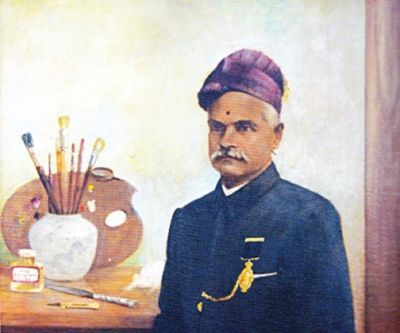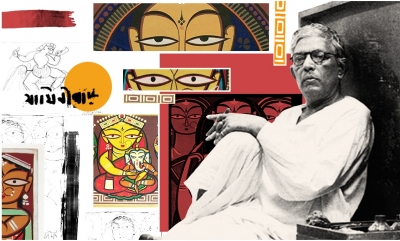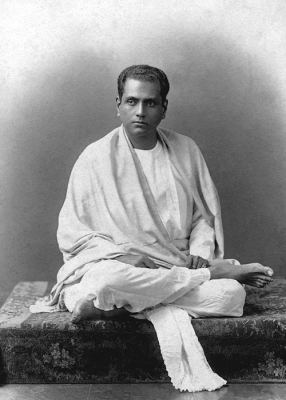
Getting Crafty
To do all the crafts, you will need lots of materials. Some things you will need for only one project. But other things you will use again and again.
It is a good idea to collect the materials and keep them in a large cardboard box. Then you will have the materials you need to work with.
Where will you find your materials? You may have to buy some at a craft shop. But you can start your collecting at home and outside. Remember to get permission before you take something for your collection. And be careful when handling sharp objects.
Craft materials to collect
• Rubber bands • tracing paper • bowls of different sizes • cardboard • clear tape • crayons • glue • flowers • leaves • food colouring • paper and card in different colours and weights • magazines • felt-tipped pens • masking tape • newspaper • open-weave canvas • pencils • pieces of cloth • a ruler • scissors • streamers • string • tissue paper • greaseproof paper • embroidery hoop • embroidery needle • embroidery thread.
Picture Credit : Google





